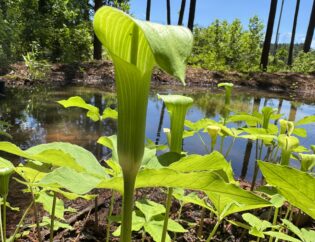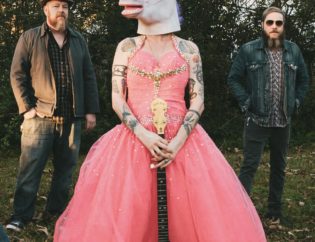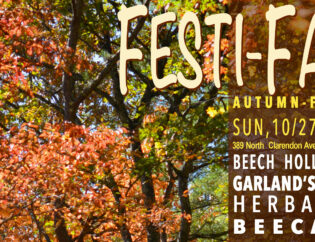No rain.
Hogs are tearing up the bottomland and ravaging the pinewoods at the back boundary of the property. Everywhere that they have rooted is torn up as if a roto-tiller had gone through.
I search around and find a contact at the USDA Wildlife services.
The Wildlife services personnel are out of town, but will be back on August 29th, They tell me they will set up a sour mash station to draw the animals into one area and accustom them to being fed. This station will be monitored with a camera to assess the number of hogs. A large trap with a remote trip gate will be set if there are enough animals to capture. The hogs will be euthanized, samples of their tissue taken to check for diseases such as brucellosis, hepatitis, and rabies. They will be buried on the back side of the property.
The best time to trap hogs is June, July and August- before fruits and nuts have set or fallen. When mast hits the forest floor in late September, the hogs will not pay attention to the bait station. Again, in December through early March, the mast is gone, traps can be set again.
· Feral hogs can have two litters a year, each litter can have 8-12 piglets.
· They are not native to North America, our ecosystems did not evolve to withstand their very rough and vigorous foraging.
· Their foraging activities endanger populations of ground nesting birds such as Wild Turkey and Northern Bobwhite, destroying nests and eating their eggs. Feral hogs are thought to be a major reason for the decline of the Northern Bobwhite populations.
· They destroy the native plant layer that supports all other indigenous wildlife.
· Feral hogs have no natural predators in North America.









